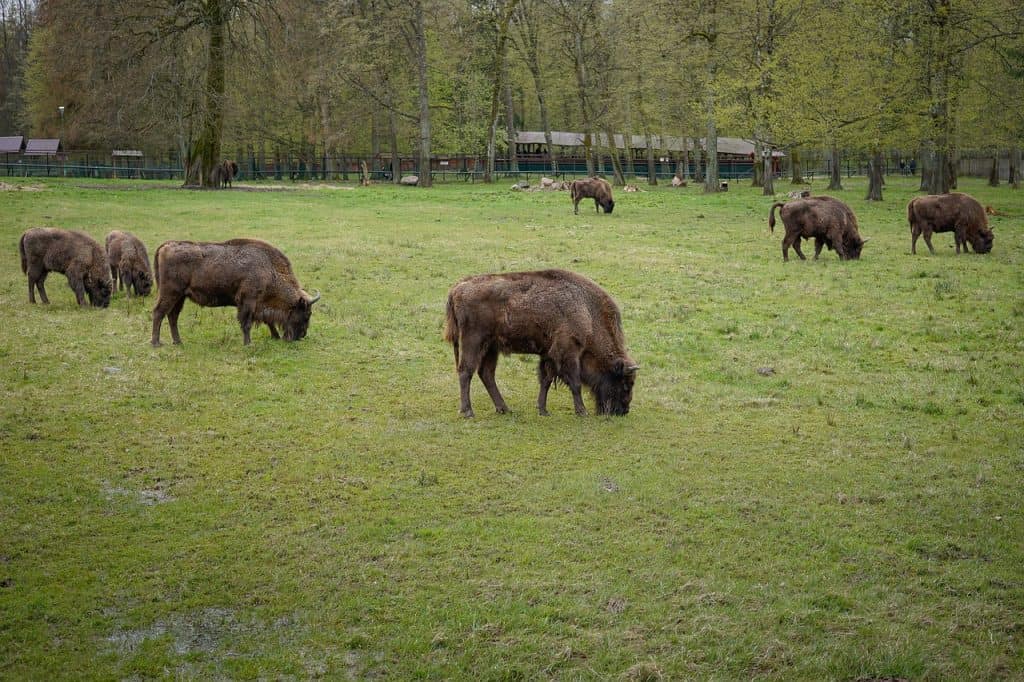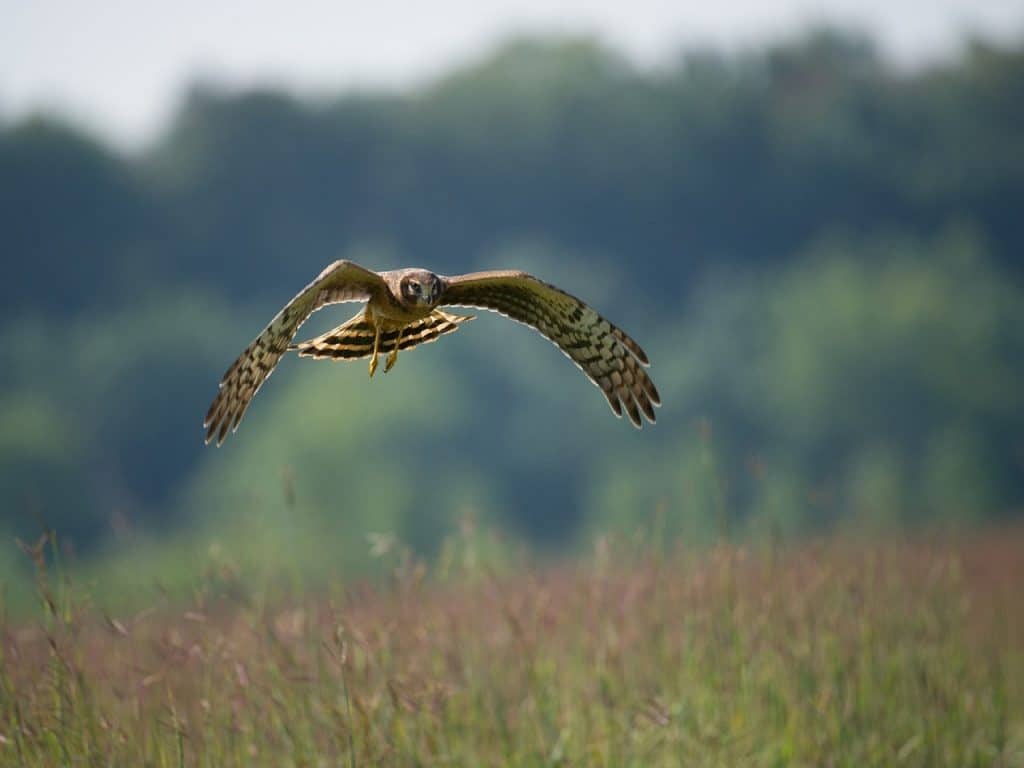Suwałki Landscape Park is one of the most beautiful places in Poland. He is the winner of the “Seventh Wonder of Poland 2014” title in the National Geographic poll. With its unique landscape and unspoiled nature, it is an ideal place for those who prefer the seclusion of nature or active recreation.
The most valuable asset of the park is undoubtedly the unique postglacial landscape. In a relatively small area, almost all forms of young-gentry sculptures have developed here: kemes, escapes, terminal moraines, river valleys, boulders, gutter and melting lakes.
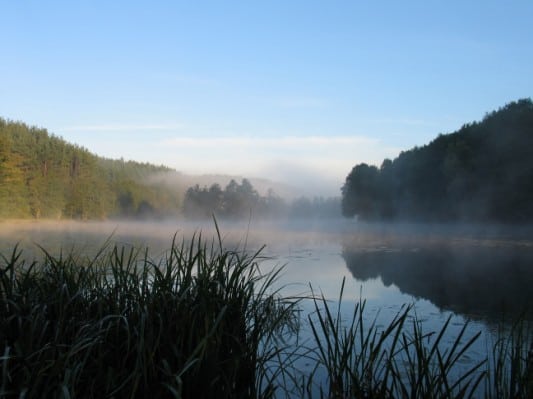
In one day, a tourist is able to visit most of the attractions that await him. The area of over six thousand hectares allows you to traverse it across or along it within a few hours, at most a day trip. In straight lines, the Park does not exceed 9 kilometers in length and width, and it will take an experienced cyclist around the Park from three to four hours.
The seat of the Suwałki Landscape Park
The seat of the Suwałki Landscape Park is located in Turtul – a hamlet of the Malesowizna village. The seat of the park is located in the gutter valley of the Czarna Hańcza river, on one of the hills of the Turtula river. The hill is washed by the waters of the Turtul pond, dammed up for the needs of the water mill that used to work here. The edge of the gutter river valley is a convenient vantage point on the gorge section of Czarna Hańcza and on the springs and the Szeszupa depression. This is also where the two cognitive paths “Dolina Czarna Hańcza” and “At the sources of Szeszupy” begin.
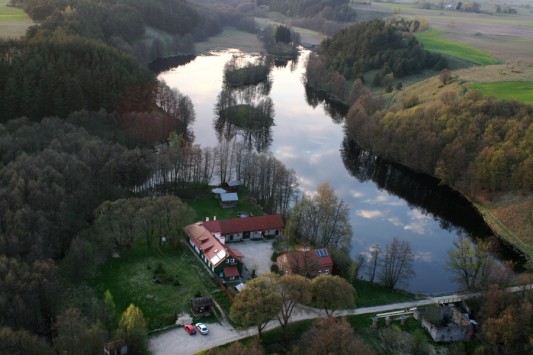
The sculpture of the Suwałki Landscape Park was shaped by the Pleistocene (1,800,000 – 10,200 years ago) Scandinavian ice sheet, and especially by the last North Polish glaciation. The thickness of the glacial deposits in the area in question is 280 m. The highest elevation is 275 m above sea level, and the lowest point in the park is Lake Postawelek (146 m above sea level). Such a large variation in relative heights is rarely found in northern Poland. The main forms of relief are the moraine uplands (the Szurpił and Krzemianki uplands, the Dzierwan uplands, the Hańczańska uplands and the Gulbieniszk uplands) and the river valleys (Czarna Hańcza and Szeszupa).
Waters of the Suwałki Landscape Park
The area of the Suwałki Landscape Park lies in the basin of the Nemunas and is drained by two river systems: Szeszupa and Czarna Hańcza. The source section of Szeszupa is located near Turtula, from where the river flows north-east to the Neman. In the park, it flows through five shallow lakes: Gulbin, Okrągłe, Krejwelek, Przechodnie and Postawelek, and through Szurpiłówka, Jacznówka and Potok Młyński, it additionally drains several other lakes located in the Szeszupa basin.
Czarna Hańcza begins in damp meadows near the village of Okliny, east of Lake Mauda, outside the SPK. It flows to Lake Jegliniszki and then heads south and flows into Lake Hańcza. It flows out of this lake in a rocky bed with a steep slope. Behind the Głazowisko Bachanowo, it takes the watercourse on the right side of the basin called Kozikówka, and then flows south-east to Turtula, where its waters have been dammed up by a dike, creating the only anthropogenic reservoir in the park, the so-called Turtul pond.
The lakes are the main element of the hydrographic network of the Suwałki Landscape Park. There are 24 lakes within the park, and the largest (305 ha) and deepest is Lake Hańcza. The second largest lake is Lake Szurpiły with an area of 80.9 ha and a maximum depth of 46.8 m. It is worth mentioning two interesting lake complexes: Kleszczowieckie lakes (Kojle, Perty, Purwin) and a complex of Szurpiły lakes (Szurpiły, Jeglówek, Tchliczysko called also Kluczysko).
An important role in the water cycle is played by groundwater outflows: springs, leaks and exudates, which are estimated at a total of about 109. These are generally gravity sources in the slopes of the Szeszupa depression and in the Czarna Hańcza valley.
The world of plants
The area of the SPK lies within the geobotanical northern division. The habitat and species richness of this area was undoubtedly influenced by the relatively recent retreat of the glacier, the varied topography associated with its activity, the harsh climate, and vast open landscapes interspersed with small forest complexes and swamps.
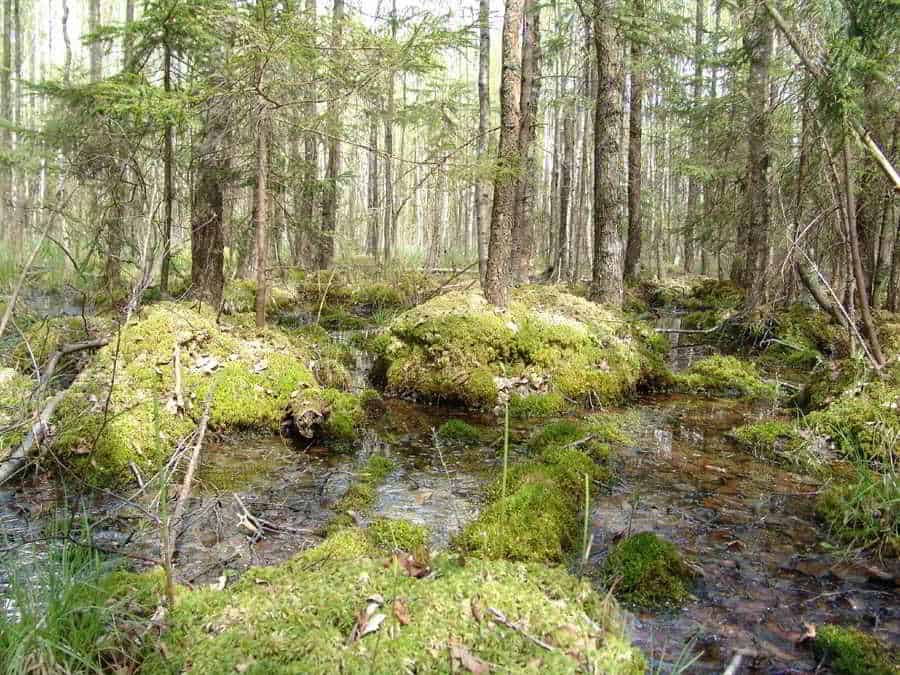
In the last five hundred years, a very important factor shaping the flora of this area was also economic activity of man. At the end of the thirteenth century, after the defeat of Jaćwieży, an enormous forest “entered” the areas which were almost uninhabited for the next three centuries. Beginning in the 17th century, with the wave of new settlement, the virgin backwoods were almost completely transformed into arable fields. Natural plant communities have been preserved mainly in the forests of the northern part of the Park, in the vicinity of the lakes: Hańcza, Jaczno, Kojle, Perta, and in some peat bogs.
Despite strong human pressure, the flora of this area is very rich. There are about 700 species of herbaceous plants belonging to over 80 families. Among them, 27 taxa are completely protected (including 10 species from the Orchidaceae family) and 32 are partially protected; 56 species are considered rare and endangered, 13 of which are listed in the Polish Red Book of Plants. The youthful glacial landscape and the harsh climate favor the presence of many rare species in this area, which are glacial relics and boreal (northern) species. These include the blue shark, alpine rushes (alpine woolly), common larch, blackberry, marsh cranberry, northern waterlily, bog blueberry (elk). A characteristic species of northern origin is Norway spruce, which is common in the forests of SPK.
Animals’ world
The mosaic of environments forming the Suwałki Landscape Park is characterized by the predominance of agricultural land, the presence of numerous lakes and marshes, which significantly affects the image of the fauna of this area. The presence of relict species in SPK is related to the last glaciation.
So far, faunal research has covered only some groups of animals. Among the invertebrates, the fauna of leeches, day moths and mollusks is well known. In addition, in the SPK area, inventory works were carried out on such groups of insects as: beetles, dragonflies and flies. The species composition of the majority of vertebrate groups inhabiting the park is better known.
The Hańcza lake is inhabited by particularly interesting fauna, typical of deep, clean and well-oxygenated water reservoirs. There are numerous crustaceans of Scandinavian-Baltic origin (including Palasiolla quadrispinosa – a postglacial relic). Eurytemora gracilis, the only one in Poland, was also found in Siberian waters. Other relict species in Lake Hańcza include the small pond mollusk and the leech Theromyzon maculosa. 24 species of fish were found in the waters of the lake, incl. a very rare stripe bullhead and a goat. In Hańcza and several other SPK lakes, reintroduction of lake trout was carried out. Until recently, noble crayfish was a permanent element of the lake fauna, but as a result of the expansion of the competitive stripe cancer and the epidemic disease – plague, its populations have disappeared, and attempts to restore this species have so far failed to produce visible results.
Below the lake, in the waters of the Czarna Hańcza River and in other rapidly flowing streams, there live organisms that require clean, well-oxygenated waters. These include bryozoans, cold-loving mollusks, and some species of fish, such as brown trout, bullhead and brown minnow. In the Turtul pond created by damming the waters of Czarna Hańcza there is a pond – a freshwater sponge considered to be a biological indicator of water purity.
The rushes on the shores of lakes and marshes are inhabited by numerous species of water-marsh birds, including bittern, mute swan, great crested grebe, coot, reed warbler and buzzard. The marsh harrier nests here in large numbers. This environment is typical for some mammals, such as the European beaver and otter. Beavers in the SPK are one of the highest numbers in Poland, therefore here individuals were caught for resettlement to other regions of our country.
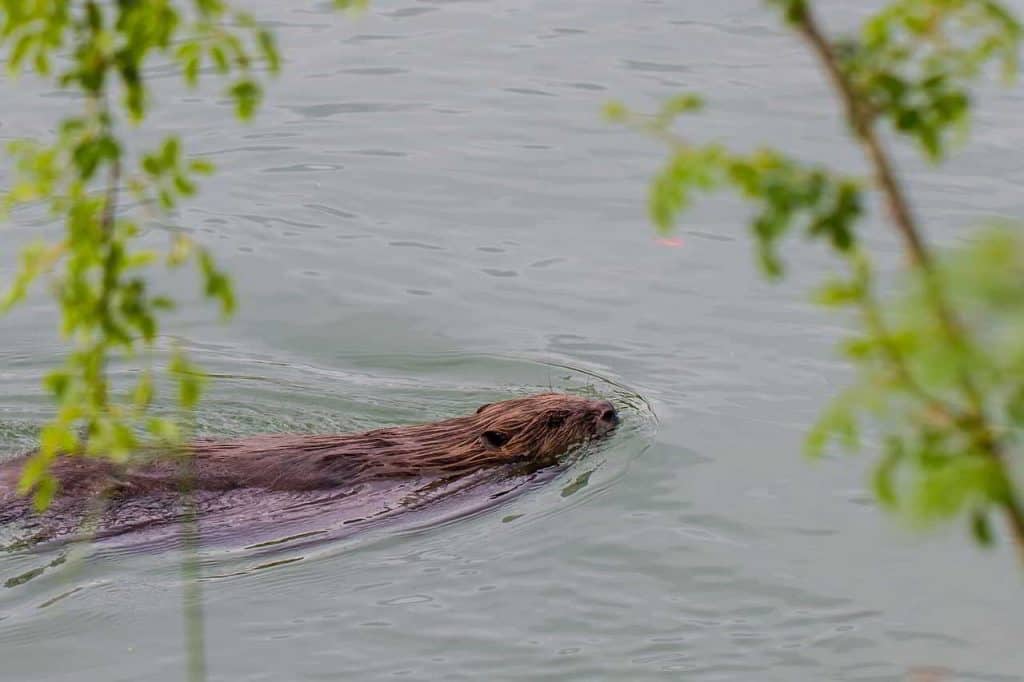
In the agricultural areas of the SPK, numerous small mid-field reservoirs, the so-called ponds. They act as natural watering holes for domestic and wild animals, but above all they are the habitat of many species of invertebrates, incl. medical leeches. It is also the main breeding site for 12 species of amphibians (including the tree frog which has been reintroduced in recent years).
Among the forest areas, the less transformed communities associated with marshy areas are especially valuable. They include a nesting place for several species of birds of prey (buzzard, hawk, lesser spotted eagle), black stork and nutcracker. A plume (postglacial relic) and other species of mammals, such as raccoon dog, badger, wild boar and roe deer live here. The forest complexes in the northern part of the SPK constitute an ecological corridor connecting the Romincka Forest with the Augustów Primeval Forest, which is why migrating deer, elks and wolves periodically appear here.
Many animal species are associated with rural buildings. The walls of buildings made of clay are used by various species of wasps. About 120 pairs of white storks nest on farm buildings and electric line poles in the park and in the buffer zone. Of the nine species of bats found in the SPK area, five species hibernate in the backyard cellars. In the walls and in the attic of the historic wooden church in Jeleniewo there is one of two breeding colonies in Poland.
The article was based on materials from the official website of the Suwałki Landscape Park.
